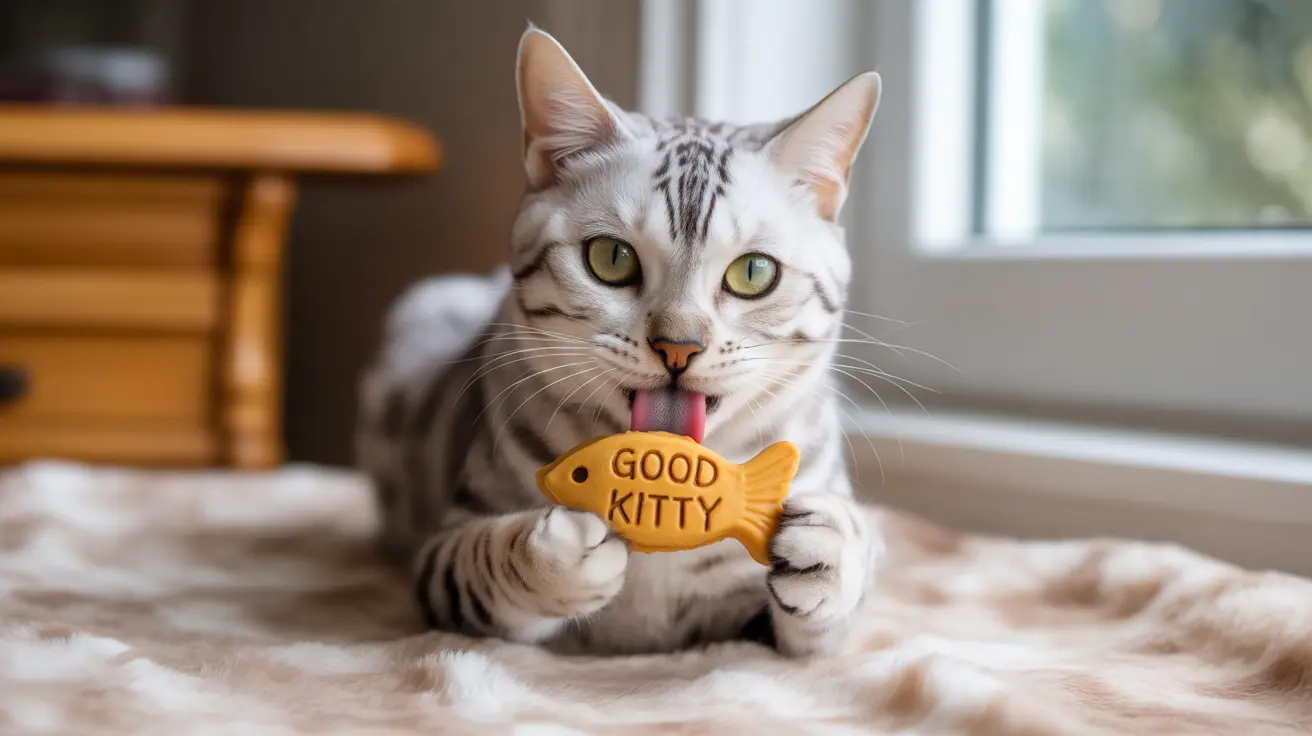Making homemade cat treats with pumpkin is a wonderful way to provide your feline friend with nutritious, wholesome snacks while knowing exactly what goes into their food. With the growing trend of pet parents seeking healthier alternatives to commercial treats, pumpkin has emerged as a star ingredient thanks to its digestive benefits and nutritional profile.
In this comprehensive guide, we'll explore various pumpkin cat treat recipes, from simple no-bake options to delicious baked goodies that your cat will adore. We'll also cover the health benefits of pumpkin and essential guidelines for safe treat-making.
Understanding the Benefits of Pumpkin for Cats
Before diving into recipes, it's important to understand why pumpkin makes an excellent ingredient for cat treats. Pure pumpkin is packed with fiber, which helps regulate digestion and can reduce hairballs. It's also rich in vitamins A, C, and E, plus essential minerals like potassium and iron, while being naturally low in calories.
However, remember to always use plain pumpkin puree without added sugars, spices, or salt, as these additives can be harmful to cats. Never use pumpkin pie filling, which contains dangerous ingredients for felines.
Basic Baked Pumpkin Cat Treats
Simple Pumpkin and Rice Flour Treats
This basic recipe creates crunchy treats that most cats enjoy:
- 1 cup rice flour
- 1/2 cup plain pumpkin puree
- 1 egg
- 1 tablespoon water (if needed)
Mix ingredients until they form a workable dough, roll out to 1/4 inch thickness, cut into small shapes, and bake at 350°F for 10-12 minutes. Cool completely before serving.
No-Bake Pumpkin Treat Options
Frozen Pumpkin Push-Pops
Perfect for summer days, these frozen treats are simple to prepare:
- 1/2 cup plain pumpkin puree
- 1/4 cup low-sodium chicken broth
- Optional: small pieces of cooked chicken
Mix ingredients, pour into ice cube trays or small silicone molds, and freeze. These treats can be stored for up to 3 months in the freezer.
High-Protein Pumpkin Combinations
Pumpkin and Salmon Treats
These protein-rich treats combine the benefits of pumpkin with healthy omega-3 fatty acids:
- 1 can salmon (drained)
- 1/2 cup pumpkin puree
- 1 cup oat flour
- 1 egg
Mix ingredients thoroughly, form into small balls, flatten slightly, and bake at 350°F for 15 minutes. Allow to cool completely before serving.
Storage and Safety Tips
Homemade treats lack preservatives, so proper storage is crucial. Store baked treats in an airtight container in the refrigerator for up to one week, or freeze for up to three months. Always monitor your cat when introducing new treats, and remember that treats should make up no more than 10% of their daily caloric intake.
Frequently Asked Questions
Is pumpkin safe for cats, and what are the health benefits of adding pumpkin to homemade cat treats?
Yes, plain pumpkin is safe for cats and offers numerous health benefits. It's rich in fiber, which aids digestion, helps with constipation and diarrhea, and may reduce hairballs. Pumpkin also contains essential vitamins and minerals while being low in calories.
How do I make easy, nutritious pumpkin cat treats at home, and what types of pumpkin are best to use?
The best pumpkin to use is plain, unseasoned pumpkin puree or freshly cooked pumpkin. Never use pumpkin pie filling. For easy treats, mix pumpkin puree with pet-safe ingredients like rice flour or oat flour, and either bake or freeze depending on the recipe.
Can I use pumpkin cat treats to help my cat with digestive issues like constipation, diarrhea, or hairballs?
Yes, pumpkin can help with various digestive issues. The high fiber content helps regulate bowel movements and can reduce hairball formation. However, consult your veterinarian before using pumpkin to treat specific health concerns.
What ingredients should I avoid when making homemade pumpkin treats for my cat, and how much pumpkin is safe to feed?
Avoid onions, garlic, salt, sugar, spices, and artificial sweeteners. For treats, use no more than 1-2 teaspoons of pumpkin per serving, and limit treats to 10% of your cat's daily diet.
How should I store homemade pumpkin cat treats to keep them fresh, and how often can I give them to my cat?
Store baked treats in an airtight container in the refrigerator for up to a week, or freeze for up to three months. Frozen treats can be stored for up to three months. Limit treats to 1-2 small pieces per day as part of the 10% treat allowance in their diet.
Conclusion
Creating homemade pumpkin cat treats is a rewarding way to provide your feline friend with healthy, nutritious snacks. Whether you choose to bake crunchy treats or prepare frozen delights, always use safe ingredients and follow proper storage guidelines. Remember that treats should complement, not replace, your cat's regular diet, and always introduce new treats gradually to ensure they agree with your pet's digestive system.






